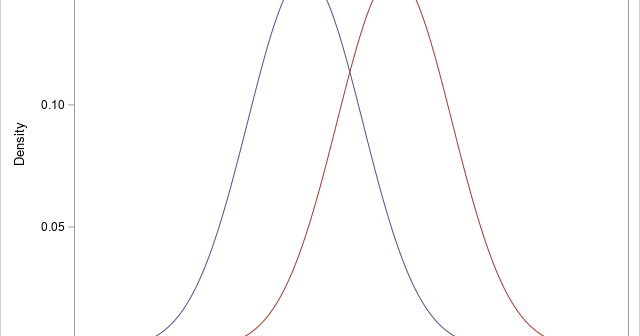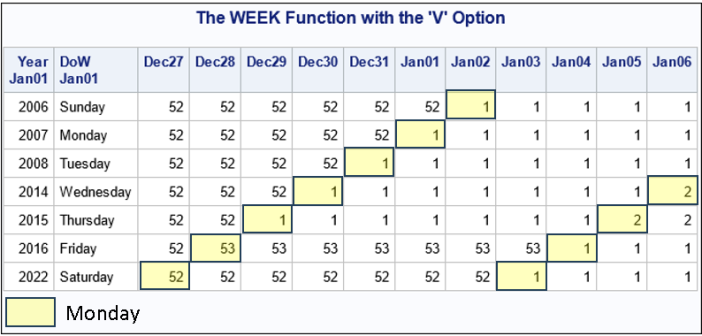
Recently, a colleague struggled to find the source of a run-time error happening somewhere within a very large library of SAS IML function modules. Since the error happens at run time, I told my colleague about how to find the location of a run time error by reading the traceback








